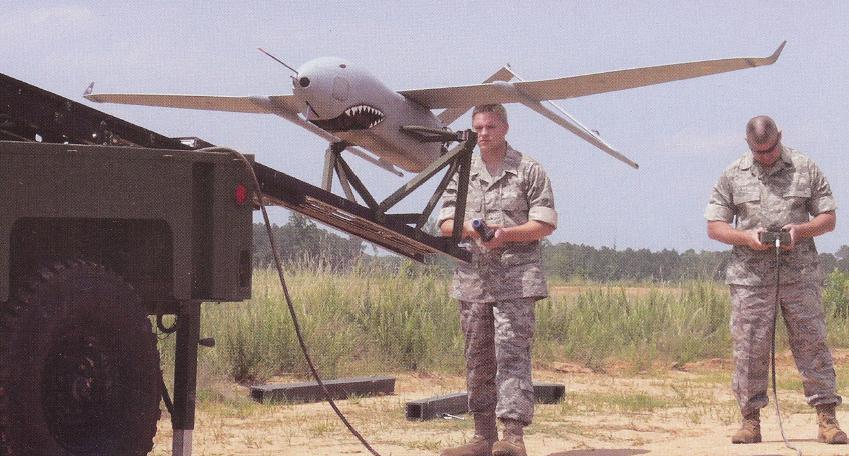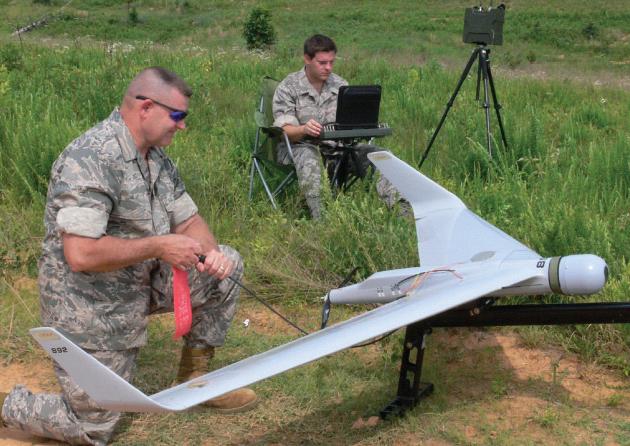A group launching a search for extraterrestrial intelligence awaits approval of an application it’s filed at the FCC for an experimental radio license. Such searches generally focus on seeking evidence of other life based on what’s received. This one is sending messages. More specifically, “project objectives include the establishment of a communications link capable of being received” at planet outside the solar system.
Archive for the ‘Space Communications’ Category
Group files at FCC to send messages toward planets outside the solar system
Friday, March 1st, 2013Experimental Radio Applications at the FCC
Sunday, February 5th, 2012This summarizes a selection from 215 applications for the Experimental Radio Service received by the FCC during October, November, and December 2011. These are related to AM broadcasting, FM broadcasting, spread spectrum on HF and VHF, unmanned aerial vehicle control, electronic warfare support, small satellites, white space technology, video production, managed access, TV interference, RFID, and radar. The descriptions are listed in order of the lowest frequency found in the application.
Experimental Radio Applications at the FCC
Sunday, November 6th, 2011This summarizes a selection from 173 applications for the Experimental Radio Service received by the FCC during August and September 2011. These are related to long-range low-frequency radar, amateur radio, shortwave data, wireless microphones, single-sideband, mine detection, millimeter-wave communications, signal intelligence, automotive radar, satellite feeder links, meteor-burst communications, aircraft telemetry, white space systems, border security radar, 3G and 4G applications, RFID, wind turbine testing, unmanned aerial vehicles, spacecraft telemetry and control, aircraft passenger broadband, and autonomous aircraft landing systems. The descriptions are sorted by the lowest frequency found in the application.
Experimental Radio Applications at the FCC
Monday, June 13th, 2011This summarizes a selection of applications for the Experimental Radio Service received by the FCC during April and May 2011. These are related to TV white space, electromagnetic compatibility testing, train control, point-to-multipoint communications, satellite communications, radar, unmanned aerial vehicles, GPS, ultra-wideband, mobile satellite service, UMTS, mobile broadband picocells, wireless backhaul, and IEEE 802.11p. The descriptions are sorted by frequency.
Experimental Radio Applications at the FCC
Sunday, July 4th, 2010This summarizes a selection of applications for the Experimental Radio Service received by the FCC during June 2010. These are related to aircraft systems, WiMAX, sports telecast support, public safety communications, tactical cellular service, medical telemetry, satellite, antennas, radar, white-space devices, weapons telemetry, spacecraft communications, and broadcasting.
- AAI/Textron Systems Corporation filed an application (with supporting exhibits) for experimental license. The company wants to test its Shadow 200, Aerosonde, Orbiter and other unmanned aircraft systems. This is related to work for the United States Marine Corp. Operation is to be on 310-390 MHz, 902-928 MHz, 1090 MHz, 1350-1390 MHz, 1700-1859 MHz, and 4400-4999 MHz. Transmitting equipment is manufactured by Microhard Systems Corporation, Free Wave Technologies, Advanced Microwave Products, Global Microwave Systems, and Microair Avionics.
FCC staff has asked for several items of information before approving the application. The FAA operates in the frequency bands 328.6-335.4 MHz, 1090 MHz, and 1215-1390 MHz; FCC staff asks for coordination of these bands with the FAA Regional Office. In addition, the frequency bands 225-328.6 MHz and 335.4-399.9 MHz are used for military purposes, and the applicant was asked to coordinate with NTIA’s Interdepartment Radio Advisory Committee (IRAC).
- AAI/Textron Systems Corporation also filed an application (with supporting exhibits) for special temporary authority to operate on 420-450 MHz and 2000-2400 MHz for a government project apparently involving the Orbiter miniature unmanned aircraft system. There is not much information about the proposed operation, and FCC staff has asked for more details.
In correspondence to the applicant, FCC staff notes that the “Aerospace & Flight Test Radio Coordinating Council (AFTRCC) oversees the frequency bands; 1435-1525 MHz, 2310-2320 MHz, and 2345-2390 MHz. These frequency bands need to be removed or need to be prior coordinated.”
- Sportvision filed an application (with supporting exhibits) for special temporary authority for testing of an automobile race track wireless data system that is to provide data communications between vehicles in a race track and one or more fixed base stations installed along a track. Operation is to be on 2395-2400 MHz.
One application seen for this system is video image enhancement for television broadcasting of automobile racing events. The would allow television viewers to see, displayed on screen, the real-time location of cars during a racing event.
The vehicles would be equipped with GPS receivers and other sensors that generate a data packet every 200 milliseconds. The wireless system would collect those packets and deliver them to a control station in real time. “The radio itself is a direct sequence spread spectrum unit, using production radios for 2.4 GHz. The system may ultimately be deployed on an unlicensed basis in the 2.4 GHz band or elsewhere, but the high noise levels in that band in the test locations (commercial automobile race tracks) are unsuitable for development and testing of the product.”
“An Intersil baseband processor performs the Direct Sequence modulation and demodulation. It is part of a five-chipset developed for the 802.11b standard. It uses 1/4th of the standard 802.11 speed resulting in a narrow occupied RF bandwidth.”
The frequency band requested is allocated on a primary basis to the Amateur Radio Service, and coordination is to be performed with the ARRL. This application was granted on June 4.
Experimental Radio Applications at the FCC
Thursday, June 3rd, 2010This summarizes a selection of applications for the Experimental Radio Service received by the FCC during May 2010. These are related to WiMAX, sensors, SAW devices, radio-location, ultra-wideband, white space, aircraft passenger communications, landslide monitoring, collision avoidance radar, mobile DTV, LTE, Inmarsat handsets, highway rock-fall monitoring, HF communications, spacecraft link characterization, and interference into broadband access.
- Polytechnic Institute of NYU filed an application (with supporting exhibit) for experimental license to conduct a network research project using WiMAX on 2535-2540 MHz. This is part of the nationwide Global Environment for Network Innovations (GENI) project, a suite of infrastructure that will support experimental research in network science and engineering. GENI is supported by the National Science Foundation and managed by the GENI Project Office at BBN Technologies.
- Mnemonics, Inc. filed an application (with supporting exhibits) for experimental license to operate in support of a research project that is to develop and demonstrate the viability of wirelessly extracting measured data from a network of passive surface acoustic wave (SAW) sensor devices. This sensing technique is said to have several advantages over existing sensors, including no wired connections needed to extract data, no power requirements, operation up to 1000 degrees C., and sensor cost in-quantity in the tens of cents each. Operation will be on 915 MHz.
Experimental Radio Applications at the FCC
Monday, March 1st, 2010This summarizes a selection of applications for the Experimental Radio Service received by the FCC during February 21-26: radar, WiMAX, MVDDS, aeronautical communications, private mobile data, millimeter wave, high-frequency data, space communications, and radiolocation.
- The Maryland Department of the Environment filed an application (with supporting exhibits) to operate a wind-profiling radar on 915 MHz. The equipment was developed by the National Oceanic and Atmospheric Administration (NOAA) and fabricated by Radian International. The antenna is to consist of one steerable four-panel micro-patch phased array.
- DTV Norwich filed an application (with supporting exhibit) for special temporary authority to conduct propagation tests prior to potential full-scale deployment of Multichannel Video and Data Distribution Service (“MVDDS”) at 12.2 to 12.7 GHz in the Miami area. This is to determine the suitability of potential transmitter sites for full-scale operation, for which DTV Norwich has a license.

